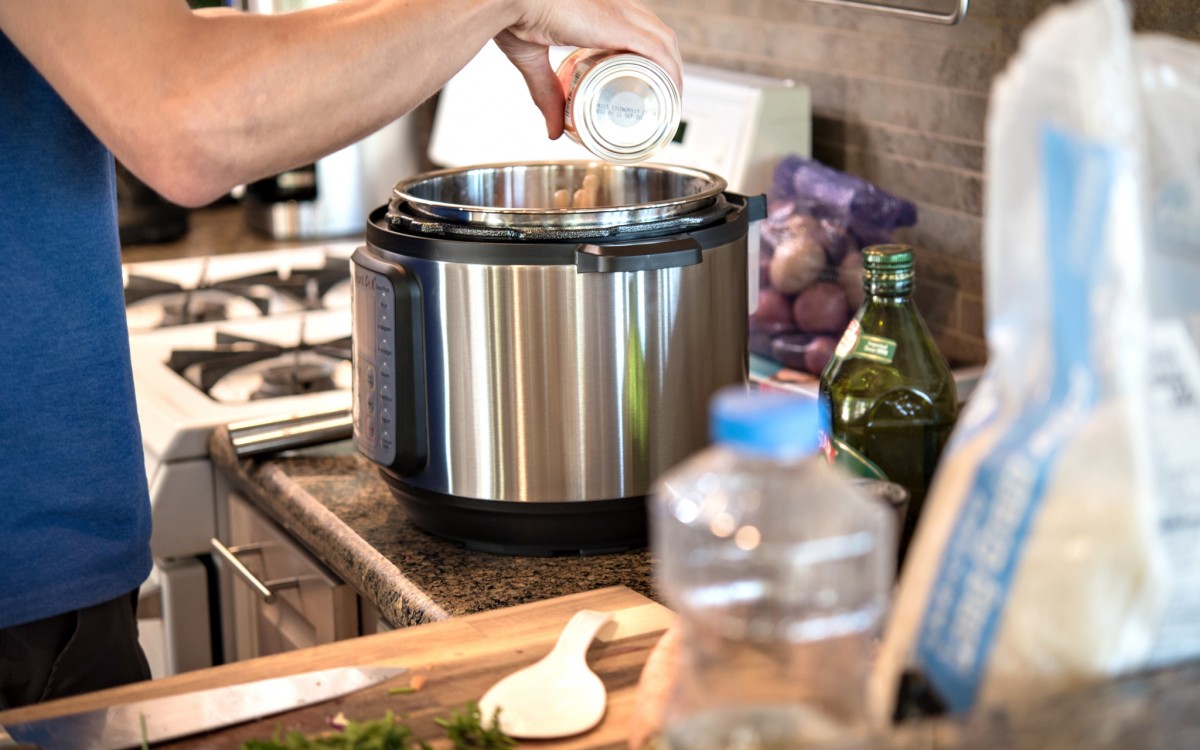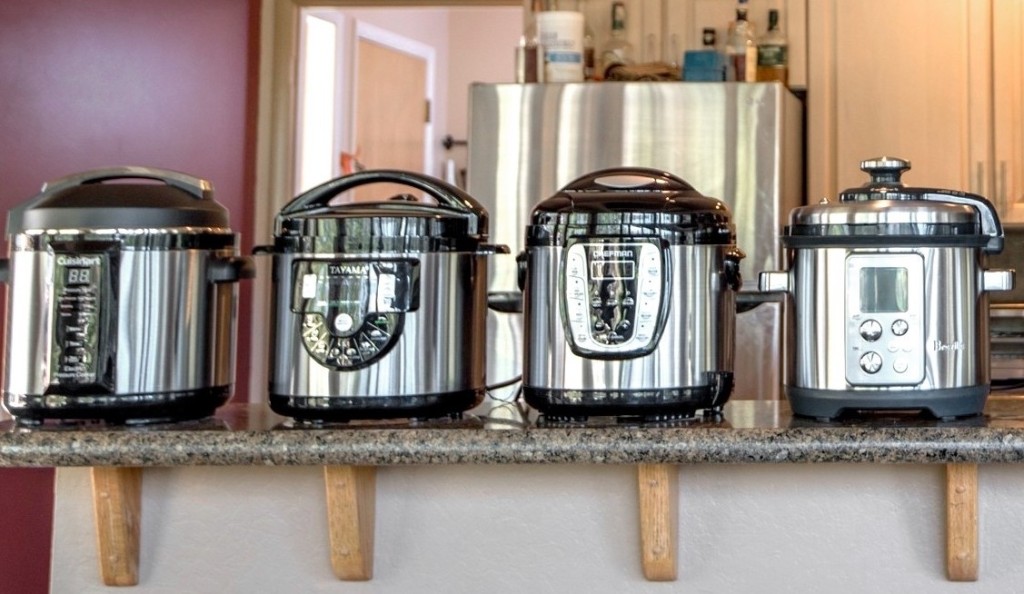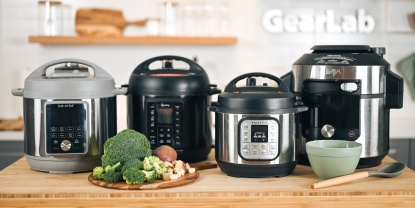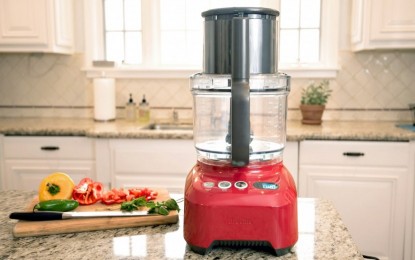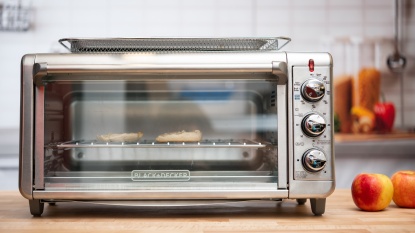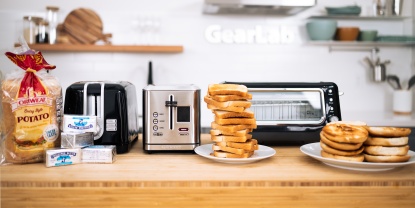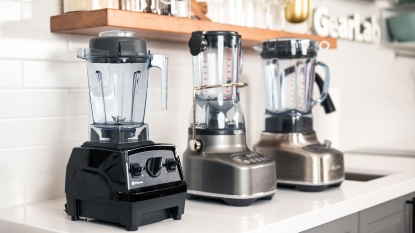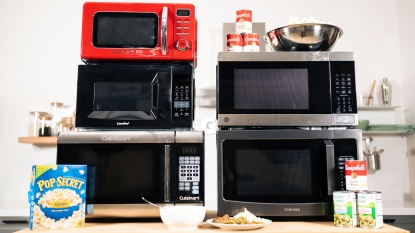A pressure cooker is comprised of an airtight chamber atop a heating element. The purpose of this chamber is to trap the steam as the pressure and heat increase. This allows for the food to be cooked at a higher temperature, and therefore more efficiently, without compromising flavor and moisture. While all pressure cookers work the same way, there are various features that set the best pressure cookers apart from the rest. We paid special attention to features like lid storage and the ability to saute during our hands-on testing, ensuring that we can relay all the nitty-gritty details you need to make an informed kitchen appliance purchase.
Step 1: Do You Need a Pressure Cooker?
Regardless of your expertise in culinary art, a pressure cooker is one of the few appliances that can drastically improve any kitchen. These devices can cut your cooking time in half and even more for staple ingredients like rice and dry beans. If you like to meal prep, having the extra speed of a pressure cooker can significantly increase the number of dishes you're able to make in a short amount of time. During our testing, we were able to make batches of butternut squash soup, vegan sloppy joes, quinoa chili, and Thai cauliflower curry in about three hours. Not only is the cooking process quick and efficient, but the lack of a need for additional pots and pans makes cleanup a breeze too. Bottom line, if you're trying to move away from processed foods and towards more home-cooked meals, we think a pressure cooker makes that process both faster and more convenient.
Step 2: Do You Need a Saute Function? Probably
Basic pressure cookers easily take on basic projects like cooking rice and dry beans and tend to be more affordable. Unfortunately, simple models like this often lack a saute function, making the entire cooking process less streamlined. With a saute function, you can cook your meats and/or vegetables right in the pot. Then simply toss in your beans and tomatoes for chili or coconut milk and spices for your favorite curry. This makes preparing dishes like this simple and smooth, and the saute function eliminates the need to turn on the stove and dirty another pan. This increases the number of single-pot meals you can make by a huge margin, making the pressure cooker an even more desirable and versatile appliance.
Step 3: Consider User Friendliness
Many pressure cookers have a myriad of presets, functions, and settings, so you'll want to make sure you have an interface that makes navigating all of those things simple and easy. Additionally, a thoughtful design goes a long way. Extra user-friendly designs include thoughtful features like a storage spot for the lid. We evaluate all of these characteristics in our user friendliness metric, making it easy to pick and choose what you find the most important.
Step 4: Consider Ease of Cleaning
Cleaning is the biggest chore associated with using a pressure cooker, so you'll want one that minimizes that process. Features like detachable lids and gaskets that are not riddled with nooks and crannies where gunk can hide help streamline this process. Again we evaluate all of these characteristics in our ease of cleaning metric for your convenience.
Step 5: Stainless or Nonstick?
This one somewhat comes down to personal preference. Nonstick pots tend to shed burnt food more easily than stainless ones, making hand cleaning a bit easier. However, if you do get some food stuck on a nonstick pot you can't resort to using anything aggressive like steel wool, and most people would suggest against putting nonstick items in the dishwasher. You may get some more food sticking to stainless pots, but you can scrub with whatever you'd like and throw the pot in the dishwasher without a second thought. After our testing, we came out with a slight preference for stainless simply because we could put those pots in the dishwasher, but we understand the reasoning of those that prefer nonstick.
Step 6: Do I Need All These Cooking Modes?
Most pressure cookers have a plethora of different cooking modes and presets to select from. Making rice with the press of a button is very convenient. However, most of these presets aren't completely necessary, as you can manually punch in the required temperature, pressure, and cooking time for different dishes on any pressure cooker. The notable exceptions are things that don't involve actual pressure cooking, like saute and slow cook functions, which are vital if you want your pressure cooker to be as versatile as possible.
Conclusion
Pressure cookers are versatile devices that make cooking from home convenient and efficient, from sauteing to clean up. We hope this guide has helped you narrow in on exactly what you are looking for. Be sure to check out our full review for recommendations and rundowns of specific models that are currently available.

